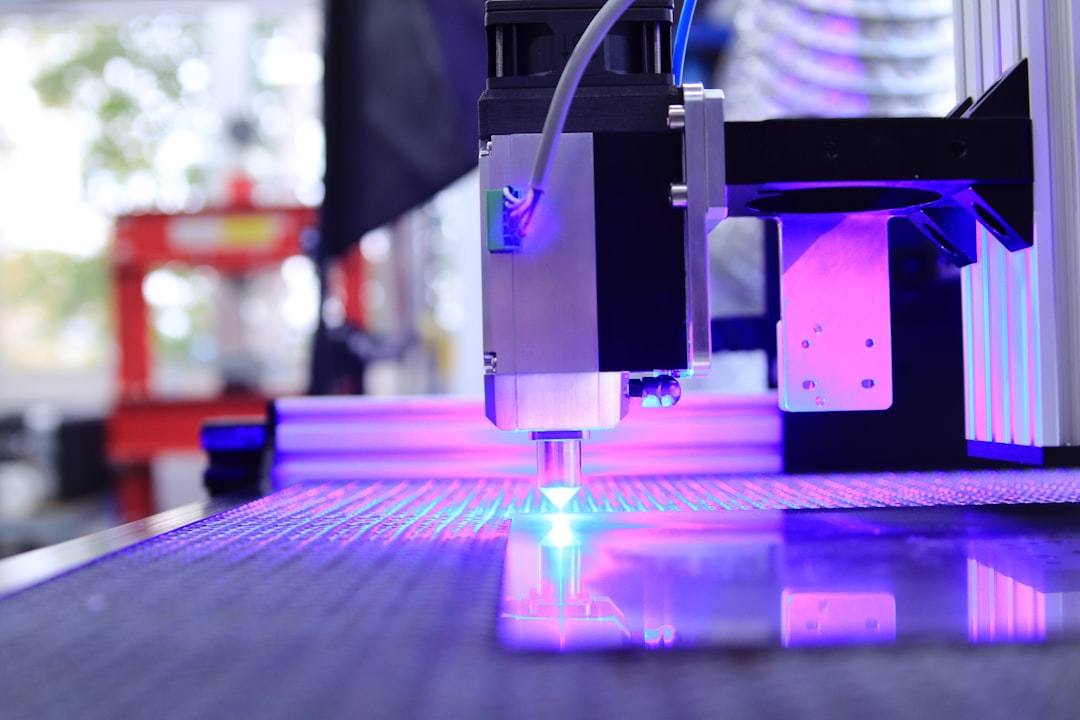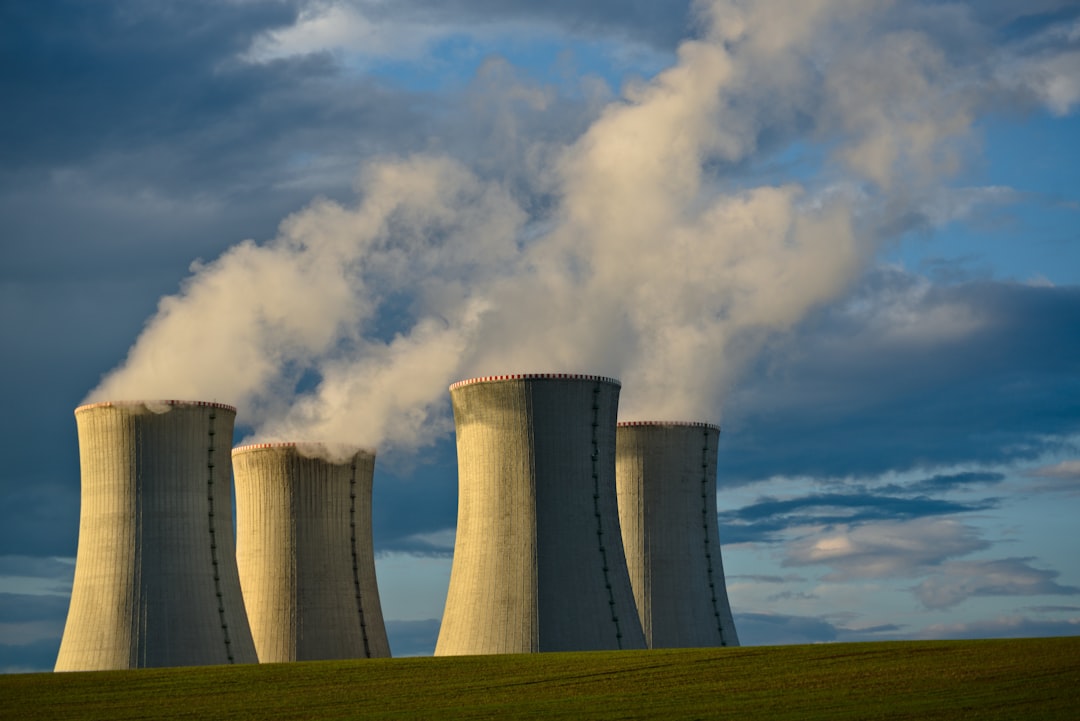What is it about?
This paper proposes a model that describes the kinetics of contraction of a cytoskeletal gel slab. Cytoskeletal gels are in-vitro prototypes that replicate the active behavior of the cytoskeleton, the structural backbone of a cell. They contract by transducing chemical energy into mechanical motion, thanks to active molecules: molecular motors, much like in real cells. They are made by a solid (active) polymer backbone imbued with a liquid solvent. Contraction occurs by active polymer stiffening by molecular motor activity, which in turn triggers the migration of solvent, due to a local increment in the osmotic pressure. Contraction kinetics is thus governed by the kinetics of energy transduction by molecular motors, as well as by the kinetics of solvent diffusion. This paper analyzes the contraction of a gel slab, the simplest geometry, where solvent diffusion occurs only in one direction. We analyze contraction in two extreme regimes: (i) motor-limited contraction, where molecular motor activity is much slower than solvent diffusion, and (ii) diffusion-limited contraction, where solvent diffusion is much slower than molecular motor activity. While (i) provides the most energetically efficient contraction, it also gives the slowest contraction. Conversely, (ii) provides the fastest contraction but also the most energetically expensive and inefficient one. Very thin slabs, or with low density of motors, will have fast diffusion and slow motor activation, giving contraction type (i). Conversely, thick gel slabs or with a high density of motors will give (ii). We also observe different scaling kinetics in these two regimes and report our results in a general dimensionless form.
Featured Image

Photo by National Cancer Institute on Unsplash
Why is it important?
The kinetics and the energetics of cytoskeletal contraction are essential to studying the evolution of tissue in embryos as well as the evolution of diseases like cancer. In particular, the connection between energetics and kinetics is essential in studying the metabolic adaptation of cells in human tissue, paving the way to more comprehensive studies on intermittent fasting, and other metabolic studies, in the context of aging, developmental diseases (e.g. cancer), and beyond.
Perspectives
This study adopts a simple model, based on first physical principles, to analyze the kinetics and energetics of cytoskeletal contraction on a very simple model system. Follow-up studies will adopt more complex geometries and analyze this physical process in a more complex context, such as that of whole tissue.
Mattia Bacca
Read the Original
This page is a summary of: A model for the contraction kinetics of cytoskeletal gel slabs, Journal of Applied Physics, December 2023, American Institute of Physics,
DOI: 10.1063/5.0176720.
You can read the full text:
Contributors
The following have contributed to this page










